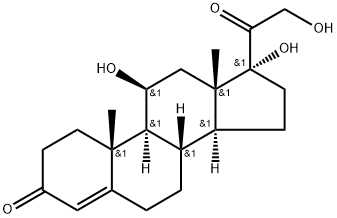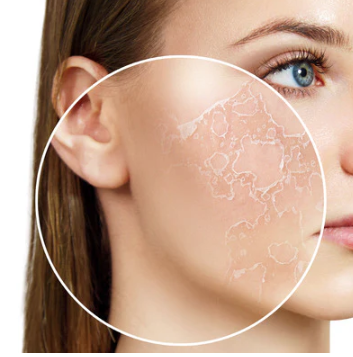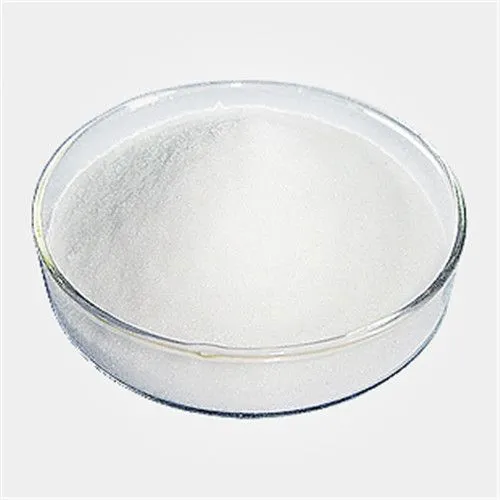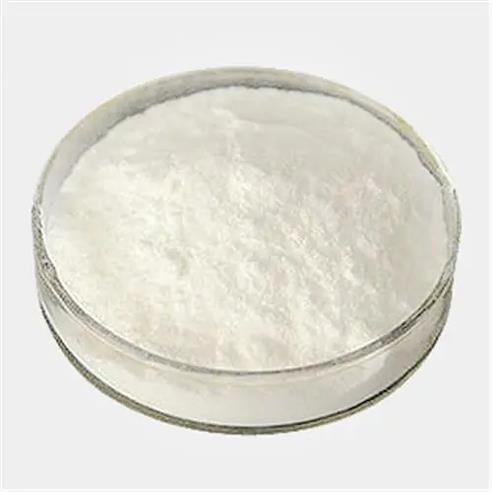Biological functions and synthesis of Cortisol
Cortisol is a major glucocorticoid hormone in mammals, and cortisol is essential for life. Cortisol influences protein and carbohydrate metabolism, and its major physiological role appears to be influencing the peripheral utilization of glucose as well as maintaining blood pressure, immune function, and the body‘s antiinflammatory processes.
Discovery
During the 1930s, Edward Calvin Kendall and colleagues isolated six different compounds from the adrenal gland, named them compounds A through F (F is cortisol), and analyzed their structures.
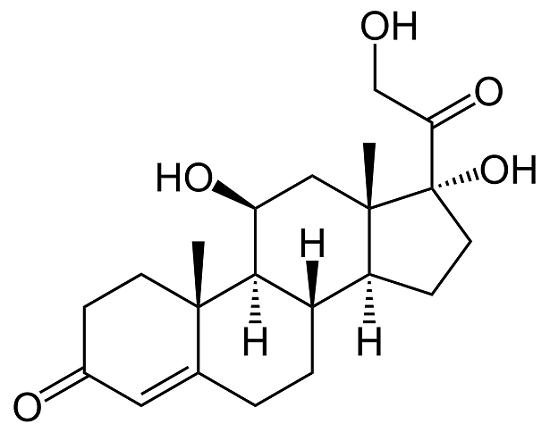
Structure
Cortisol is synthesized from pregnenolone derived from cholesterol by removal of the side chain at C20 catalyzed by cytochrome P450scc (CYP11A1) at the mitochondria.4 Newly synthesized pregnenolone moves into the endoplasmic reticulum, where it is converted to 17-hydroxypregnenolone by CYP17 or to progesterone by 3β-hydroxysteroid dehydrogenase (3β-HSD). 17-hydroxyprogesterone is synthesized from 17-hydroxypregnenolone by 3β-HSD, and progesterone is synthesized by CYP17. 17-hydroxyprogesterone is converted to 11-deoxycortisol by the 21α-hydroxylase activity of CYP21, and then 11-deoxycortisol moves to the mitochondria from the endoplasmic reticulum. For the final step of cortisol biosynthesis, 11-deoxycortisol receives 11β-hydroxylation, catalyzed by CYP11B1 or CYP11B2.
Synthesis and release
Gene, mRNA, and precursor
Human CYP17A, which catalyzes the synthesis of cortisol, is located on chromosome 10 (10q24.3) and consists of eight exons. Human CYP17A mRNA has 1869 bp that encodes a protein of 508 residues.
Tissue and plasma concentration
Cortisol levels are regulated by the adrenocorticotropic hormone (ACTH), which responds to the corticotropin-releasing hormone (CRH). CRH is released in a cyclic fashion by the hypothalamus, resulting in diurnal peaks (6–8 a.m.; 7–25μg/dl) and nadirs (11 p.m.; 2–14μg/dl) in the plasma cortisol level.The majority of cortisol that circulates is bound to cortisol-binding globulin (CBG) and albumin. Normally, <5% of circulating cortisol is free (unbound); the other 95% of F is bound to either CBG (80%) or albumin (15%). The unbound cortisol is the physiologically active form.
Regulation of synthesis and release
Cortisol is produced in the zona fasciculata of the adrenal gland.The major synthetic pathways for cortisol are described above. The release of F is controlled by the hypothalamus-pituitary-adrenal (HPA) axis.The synthesis and secretion of cortisol are regulated by the pituitary hormone, ACTH, which is regulated by the hypothalamic hormone, CRH. ACTH stimulates increased cAMP, which increases the concentration of cholesterol in the inner mitochondrial membrane via regulation of the steroidogenic acute regulatory protein (StAR). Cholesterol is converted to pregnenolone, catalyzed by P450scc (CYP11A1), and followed by the synthesis of the rest of the steroids in the pathway for cortisol synthesis.
Biological functions
Physiological actions
Cortisol has many actions: it reduces inflammation, contributes to the maintenance of constant blood pressure, suppresses the immune system, helps the body to manage stress, and increases blood sugar through gluconeogenesis.The relationship between cortisol and the immune system is complex, but necessary for the development and maintenance of normal human immunity.
In addition, cortisol is critical for the functions of the central nervous system as well as the digestive, hematopoietic, renal, and reproductive systems.
Mechanisms of actions
Cortisol binds to the glucocorticoid receptor (GR) within target cells. The GR is expressed in almost all tissues. The GR is a transcription factor consisting of three different domains: an N-terminal domain, a DNA binding domain, and a ligand-recognition domain.Cortisol enters the cell by passive transport through the plasma membrane, and binds with high affinity to GR located in the cytoplasm. After dissociation from chaperone protein(s), the GR-cortisol complex translocates into the nucleus, where it binds to specific DNA motifs (hormone-response element, HRE) as a homodimer. The GR-cortisol complex bound to specific DNA induces or inhibits gene transcription.While the genomic action of cortisol is becoming increasingly understood, little is known of the rapid nongenomic actions of cortisol. For example, cortisol may have an effect on prolactin release through a nongenomic mechanism in a fish cell culture system.
You may like
Related articles And Qustion
See also
Lastest Price from Hydrocortisone manufacturers

US $0.00-0.00/Kg/Bag2025-10-10
- CAS:
- 50-23-7
- Min. Order:
- 1Kg/Bag
- Purity:
- CEP/EP
- Supply Ability:
- 20 tons

US $5.00-0.50/KG2025-05-30
- CAS:
- 50-23-7
- Min. Order:
- 1KG
- Purity:
- 99% hplc
- Supply Ability:
- 500TONS
